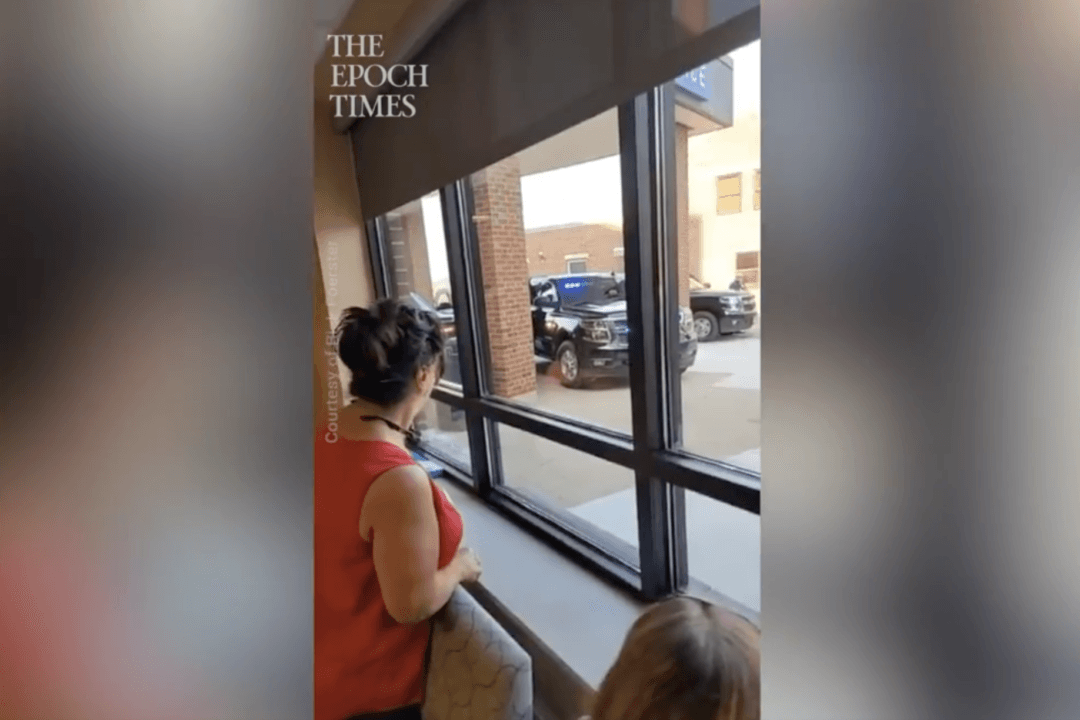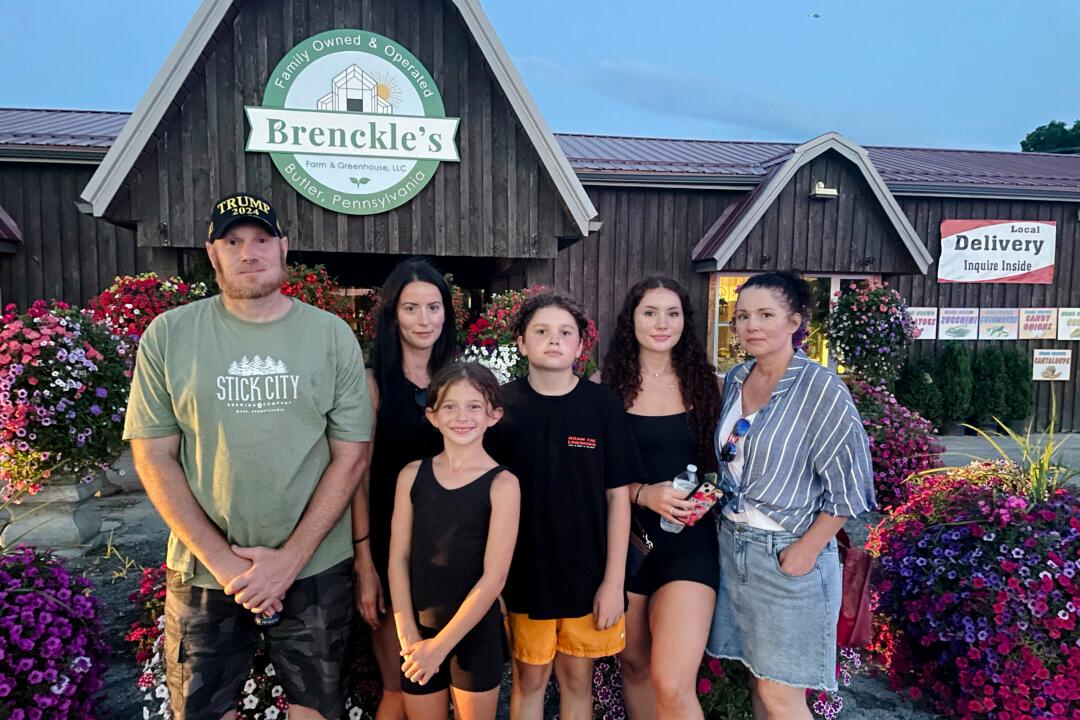When Pamela Bigelow, a lifelong resident of Duncan, Arizona, goes to the bank, she must make a day of it.
Duncan, population 677, lost its last bank branch about six years ago. Now, when Duncan residents need cash, a cashier’s check, or to get a loan, they must travel 40 miles to the copper mining town of Morenci, Arizona, where there is one bank, or 40 miles in a different direction to Safford, Arizona, where there are several banks.





